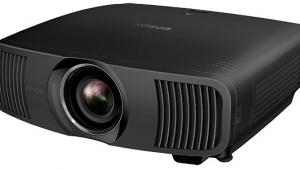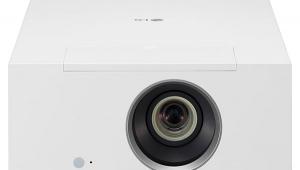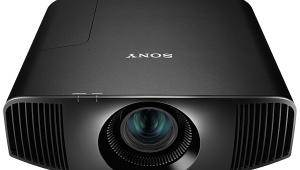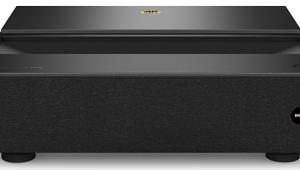Sony VPL-VW885ES LCOS Projector Review Settings
SDR:
Calibration Preset: Reference
Reality Creation: On (Resolution 2, Noise Filtering Min) Cinema Black Pro: Output: 80, Dynamic Control: Full or Off, Contrast –Enhancer: Off
Motionflow: True Cinema or Off
Contrast: 99
Brightness: 52
Color: 50 Hue: 50 Color Temp: D65
Gain: R –8, G –4, B +3
Bias: R –4, G –5, B –7
Sharpness: 50
Expert Settings:
NR: Off
MPEG NR: Off
Smooth Gradation: Off
Gamma Correction: 2.4
Color Correction: Off
Clear White: Off
x.v.Color: Off
Color Space: BT.709
Input Lag Reduction: Off
HDR:
Calibration Preset: User
Reality Creation: On (Resolution 2, Noise Filtering Min) Cinema Black Pro: Output: 100, Dynamic Control: Full or Off, Contrast Enhancer: Off
Motionflow: Off or True Cinema
Contrast HDR : 45
Brightness: 59
Color: 50 Hue: 50 Color Temp: D65
Gain: R –8, G –4, B +3
Bias: R –4, G –5, B –7
Sharpness: 50
Expert Settings:
NR: Off
MPEG NR: Off
Smooth Gradation: Off
HDR: HDR10 and HDR Reference on title-by-title basis
Color Correction: Off
Clear White: Off
x.v.Color: Off
Color Space: BT.2020
Input Lag Reduction: Off
Unit-to-unit sample variations, the viewing environment, and the source might render these recommendations less than optimum. They are provided only as a potentially useful starting place.
The settings here that are most likely to translate reliably from one sample to another are those involving specific features with only a few setting options, such as Color Space, Gamma, and Noise Reduction. The ones most likely to be subject to sample variations are video controls offering a wide range of settings. This will be particularly true for color temperature (grayscale) and color management adjustments (where available).
While experimenting with the user menu controls can do no damage and can easily be reset, we do not provide settings for service menu adjustments. Random alterations of such controls without detailed knowledge of what they do may corrupt a projector’s firmware. This will likely require extensive in-shop repairs that aren’t covered under the warranty.
We strongly recommend that you find the optimum basic video settings for your sample by using one of the many display setup Blu-rays that are available, such as DVE HD Basics or Spears & Munsil HD Benchmark, 2nd Edition. A full calibration, particularly of the grayscale and color gamut, is best left to a trained and properly equipped technician, such as those certified by the Imaging Science Foundation (ISF) or THX.




























































